I'm trying to copy a ggplot object and then change some properties of the new copied object as, for instance, the colour line to red.
Assume this code:
df = data.frame(cbind(x=1:10, y=1:10))
a = ggplot(df, aes(x=x, y=y)) + geom_line()
b = a
Then, if I change the colour of line of variable a
a$layers[[1]]$geom_params$colour = "red"
it also changes the colour of b
> b$layers[[1]]$geom_params$colour
[1] "red" # why it is not "black"?
I wish I could have two different objects a and b with different characteristics. So, in order to do this in the correct way, I would need to call the plot again for b using b = ggplot(df, aes(xy, y=z)) + geom_line(). However, at this time in the algorithm, there is no way to know the plot command ggplot(df, aes(x=x, y=y)) + geom_line()
Do you know what's wrong with this? Is ggplot objects treated in a different manner?
Thanks!
